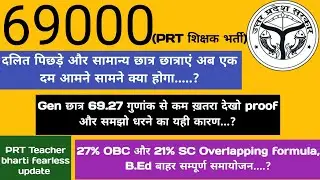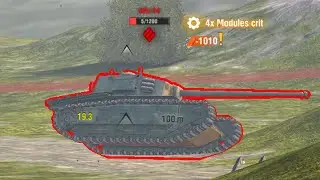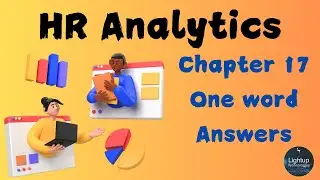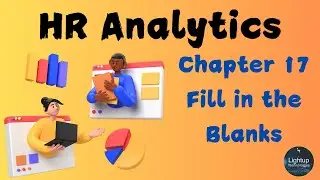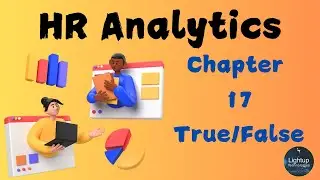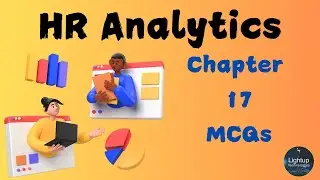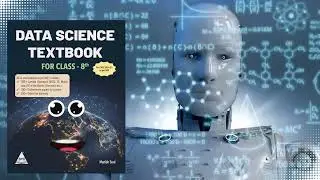R Programming Insights Chapter 4 - Vectors Practice Questions
Welcome to Chapter 4 of our R Programming Insights series, where we focus on Vectors and Practice Questions.
Please access the updated Online Form through the following link: https://forms.gle/Dj1XJFPuqxwRriXz7
This chapter is designed to provide you with a deep understanding of vectors in R and to help you practice key concepts that are often tested in interviews and exams. Whether you're a student, a data scientist, or a professional looking to sharpen your R programming skills, this video will offer valuable insights and hands-on practice.
Vectors are one of the fundamental data structures in R. They are essential for storing and manipulating data, making them a critical topic to master. In this chapter, we will explore the different types of vectors, how to create and manipulate them, and common operations performed on vectors. Understanding vectors is crucial as they form the basis for more complex data structures and operations in R.
We start by discussing the basic types of vectors in R: numeric, character, logical, and integer. Each type of vector serves a specific purpose and is used in different contexts. Numeric vectors store numbers and are used for mathematical computations, while character vectors store text data. Logical vectors hold TRUE and FALSE values, which are useful for conditional operations, and integer vectors store whole numbers. Being able to explain and use these different types of vectors is fundamental for any R programmer.
Next, we delve into the creation of vectors using the c() function. The c() function, short for concatenate or combine, is the primary way to create vectors in R. We demonstrate how to create vectors of different types and how to combine elements into a single vector. Understanding how to efficiently create vectors is important for data manipulation and analysis tasks.
We then move on to vector indexing and subsetting, which are crucial for accessing and modifying elements within a vector. Indexing allows you to retrieve specific elements from a vector, while subsetting lets you create new vectors from existing ones. We cover various indexing methods, including positive indexing, negative indexing, logical indexing, and name indexing. Being proficient in indexing and subsetting is essential for data manipulation and cleaning tasks.
Arithmetic operations on vectors are another key topic covered in this chapter. Vectors in R support element-wise operations, meaning that operations are performed on each element of the vector individually. We demonstrate how to perform basic arithmetic operations such as addition, subtraction, multiplication, and division on vectors. Understanding these operations is crucial for performing calculations and data transformations.
Vector recycling is a unique feature of R that allows vectors of different lengths to be used together in operations. If one vector is shorter than the other, R will recycle the shorter vector to match the length of the longer one. We discuss how this feature works and provide examples to illustrate its practical applications. Knowing how vector recycling works can help you write more efficient and concise code.
We also explore common functions used with vectors, such as length(), which returns the number of elements in a vector, and sum(), which calculates the sum of all elements. Other useful functions include mean(), median(), and sort(), which are used for statistical analysis and data sorting. Being familiar with these functions is important for data analysis and summarization tasks.
Vectorized operations are another powerful feature of R. These operations allow you to perform calculations on entire vectors without the need for explicit loops. We discuss how vectorized operations can lead to more efficient and readable code. Understanding vectorized operations is crucial for writing performant R code, especially when working with large datasets.
We then present a series of practice questions to test your understanding of vectors in R. These questions are designed to reinforce the concepts covered in this chapter and provide hands-on experience. Each question is followed by a detailed explanation and solution to help you grasp the underlying principles. Practicing these questions will prepare you for real-world scenarios and interview questions.
One of the practice questions involves creating a numeric vector and performing various operations on it. For example, you might be asked to create a vector of numbers from 1 to 10, calculate the sum and mean of the elements, and then subset the vector to include only even numbers. This type of question tests your ability to create, manipulate, and analyze vectors in R.



